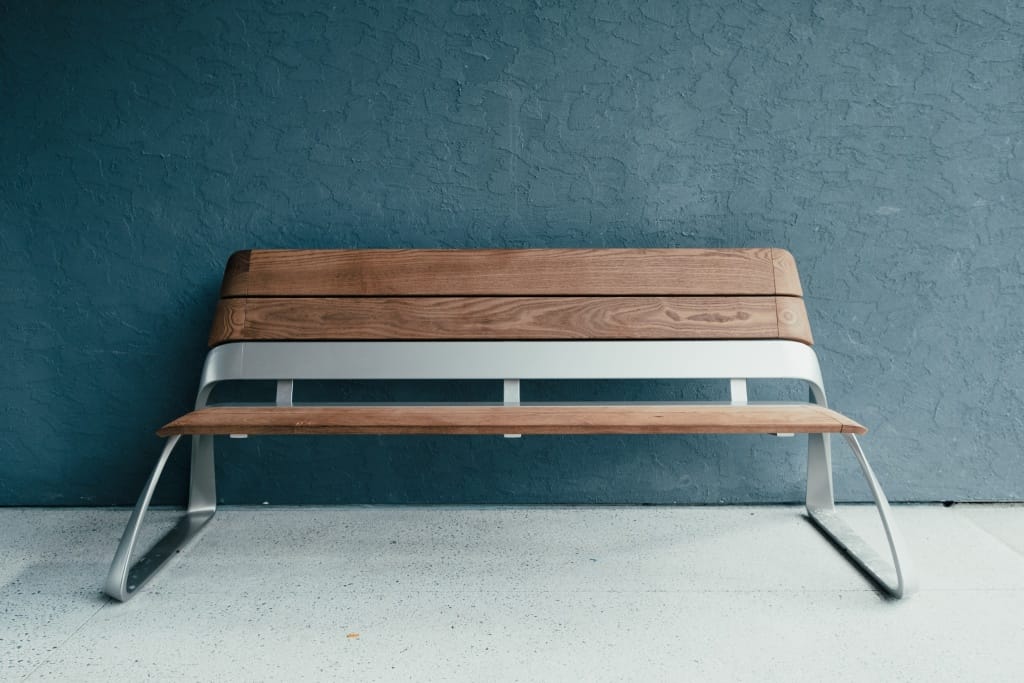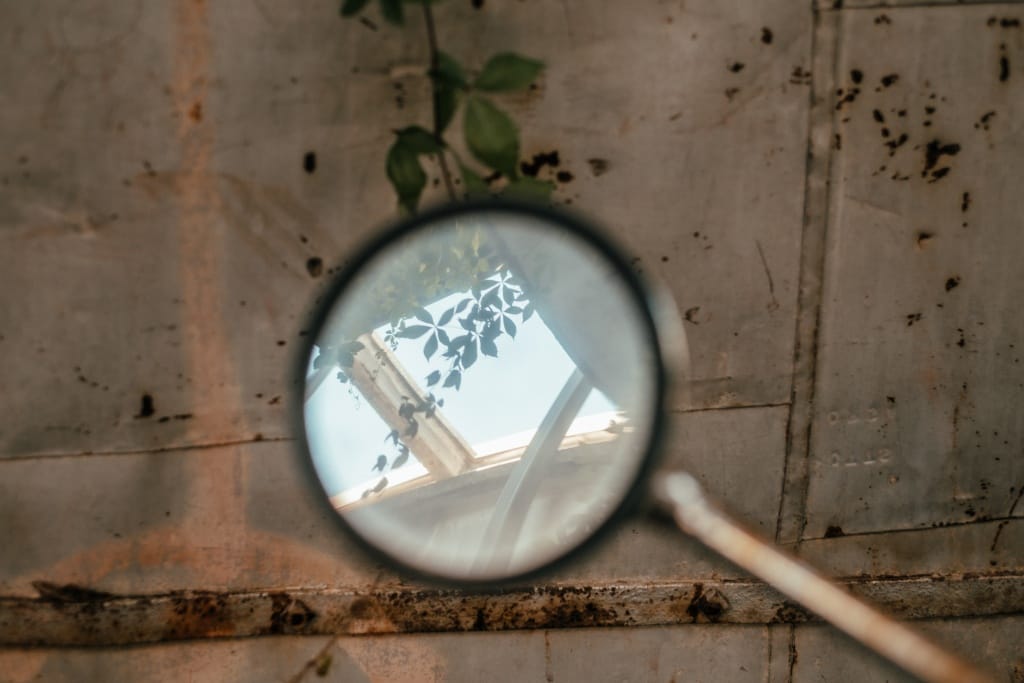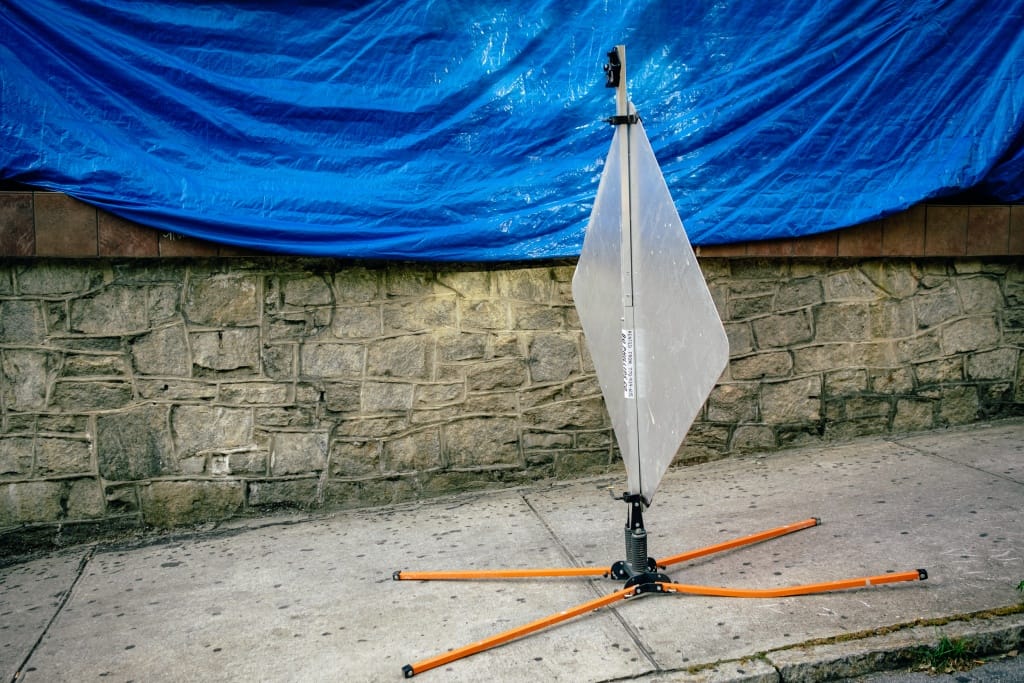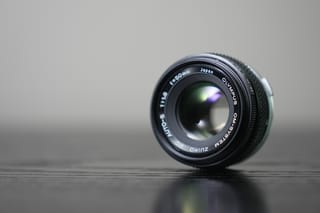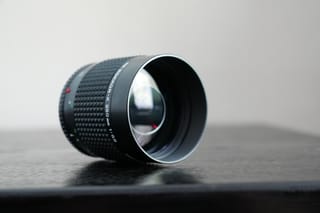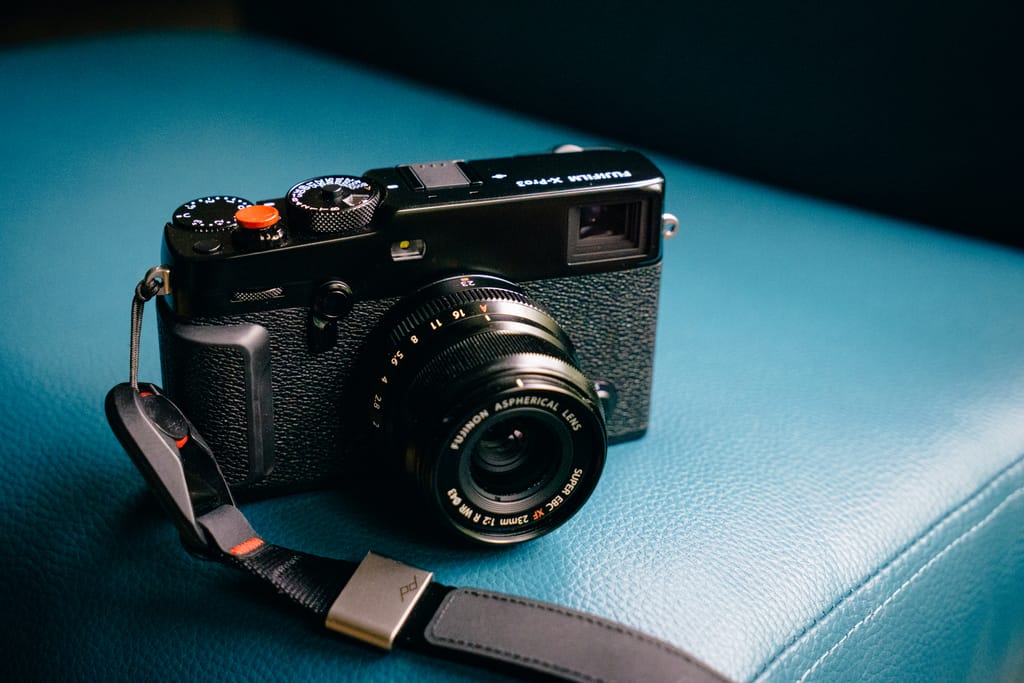
When the Fujifilm X-Pro3 was announced last fall, it made waves in the industry. And not just because it was the highly-anticipated follow-up to the successful X-Pro2. No, instead, most of the furor was around a particular design choice involving the back screen. Largely, how it had now been hidden—seemingly to discourage the photographer from using it.
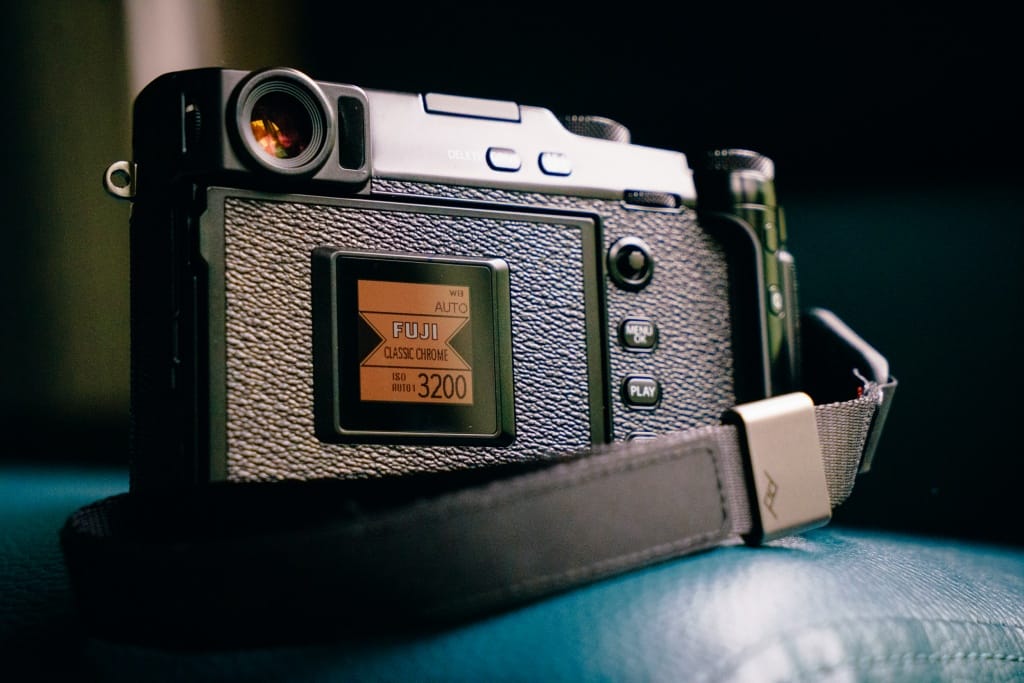
The back of the X-Pro3, with screen hidden away.
(What’s So Funny ‘Bout) An Eye-Piece, A Screen And Chimping?
Back screens have taken the brunt of the blame for sullying the purity of photography for the last couple of decades, mostly because they encourage chimping—the act of eagerly reviewing your photo as soon as you take it. For purists, this is seen as a distraction, keeping the photographer from being ready to capture consequent decisive moments. Plus, let’s face it, purists hate when people use the back screen instead of the viewfinder to frame a shot.
Leica, leading the pack on these beliefs, has released several models of their digital M-series rangefinders over the last decade that don’t have a back screen at all—the Leica M10-D being the latest austere example.
Taking the focus away from the back screen is an attempt to give photographers an experience akin to shooting film—only allowing the photo to be reviewed after the moment is long gone. In Leica’s case, this was largely seen as a gimmick, given their inflated price tag for not having a screen. But for purists, the idea of a distraction-free digital shooting experience was clearly appealing.
Since Fujifilm has already taken so much inspiration from M-series cameras with the X-Pro line of digital rangefinders, it’s not too surprising that they chose to follow Leica down this path. The question is—did they go too far, or not far enough?
How Does The Fujifilm X-Pro3 Handle?
So, the Fujifilm X-Pro3 does have a back screen—but you can only access it by folding the unit down, making it purposely awkward to use in most applications. It’s handy for shooting at waist-level or above your head, as it folds down almost 180 degrees, but, again, it’s not really meant for eye-level shooting—Fujifilm wants you to use the viewfinder for that.
After all, their engineers put a lot of thought and tech into the hybrid (optical/electronic) viewfinder of the X-Pro series, so it’d be a shame for you not to use it. And I think this is the biggest reason they opted to design the camera this way—it was a choice to elevate the hybrid viewfinder as the star of the show.
Admittedly, the viewfinder is really nice, and has been updated from the X-Pro2. The EVF now sports a 3.69 million-dot OLED unit, which is stellar. And for those opting for a more traditional rangefinder experience, the OVF is nice and bright, and allows you to see a subject well before it enters the frame. I will say that while the OVF is perfect for those using Fuji’s 23mm f1.4 or f/2 lens, if you want to shoot anything wider or much longer, you’ll probably want to use the EVF to frame more accurately.

The back screen reveals itself—and it’s a beauty!
Returning to the back screen—it’s nicely-specked at 3 inches and 1.62 million dots. It has touch-capability and it can get very bright, making it useful on a sunny day. On the backside of the screen is a smaller settings display which shows your exposure settings or a graphic of the film simulation in use, kind of like you’d see on the back of a film camera. It’s a nice touch and adds even more vintage appeal to the design.
They cleaned up the button layout, which does away with the d-pad from previous versions and puts most other buttons within reach of your right thumb for quick access. The grip is deeper and more secure than the X-Pro2, so the camera is very comfortable to hold for extended periods of time. Overall, the handling of the X-Pro3 is great—a refinement on what was already a very photographer-friendly series.
Some people don’t like using the ISO dial on top of the camera, as you have to pull and hold the ring up to move between values, but if you use auto ISO like most people these days, this won’t be much of an issue. Being used to fiddly dials on older film cameras, I don’t have any problem using it.
I’m not going to go into technical details, but the autofocus performance is great—it can keep up with the best offerings from Nikon and Canon, while admittedly, it falls a tiny bit behind Sony. But I certainly didn’t miss focus while using it for everyday applications.
How Do The Images On The Fujifilm X-Pro3 Look?
The X-Pro3 has the same 26.1-megapixel X-Trans 4 BSI CMOS sensor that’s in the X-T3, the new X-T4, and the X100V. This sensor is arguably the top-of-the-line when it comes to APS-C cameras, so it’s no slouch, even though it’s a couple years old at this point. The wide dynamic range and high-enough resolution make it easy to recover a good amount of detail from the shadows and highlights. It performs well at high ISO, achieving clean, usable images at 6,400 and even 12,800.

Recovering detail from the shadow on the right of the frame is a snap.
Fujifilm’s color science and film simulations continue to be among the best in the business, with many options to choose from, even for those that shoot exclusively in JPEG. I shoot RAW mostly, but with JPEGs like this, I’m running out of reasons to do so. There’s a new film simulation which debuted on the X-Pro3, Classic Negative, which is a close reproduction of the classic Superia emulsion, a long-time favorite of mine. Switching between that, Classic Chrome and Acros gives me pretty much the look I like for most images.

The reds on the Classic Chrome film simulation look especially good.
There’s a new HDR mode on the X-Pro3, which admittedly, I don’t really have any use for, but for those that might like to take the occasional landscape photo, it’s good to know it’s there. It combines three different exposures into one image, which you can also do by bracketing, but it does all the work conveniently in-camera.
Final Thoughts
For a stills shooter like myself, the X-Pro3 offers great image quality, handling and an experience that’s pretty similar to shooting film, but with all the options you’d expect from a modern digital camera. After a couple of days, I didn’t miss chimping at all, and I think some extended use would probably cure me of it altogether.
Obviously, if you’re more of a hybrid shooter, who has functional needs for video, you should maybe look at the X-T3 or the X-T4 instead. Heck, even the X-T2 is still a great hybrid camera, especially considering how cheap it is these days.
Along the same lines, if you like the rangefinder form factor, but still want easy access to a back screen, the X-Pro2 is cheaper than ever right now and it’s a steal. Same goes for the X100F.
More sample images with the Fujifilm X-Pro3:


